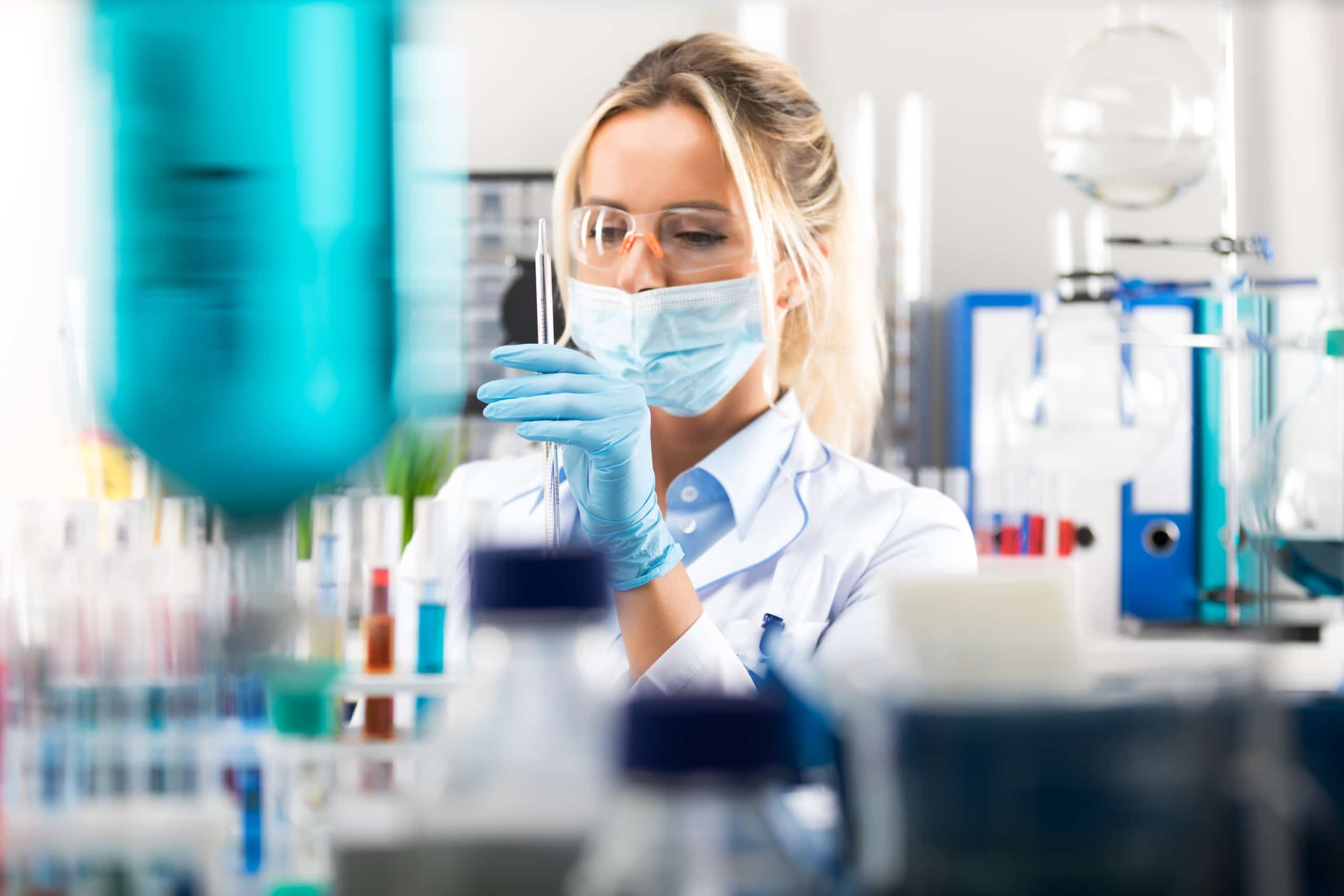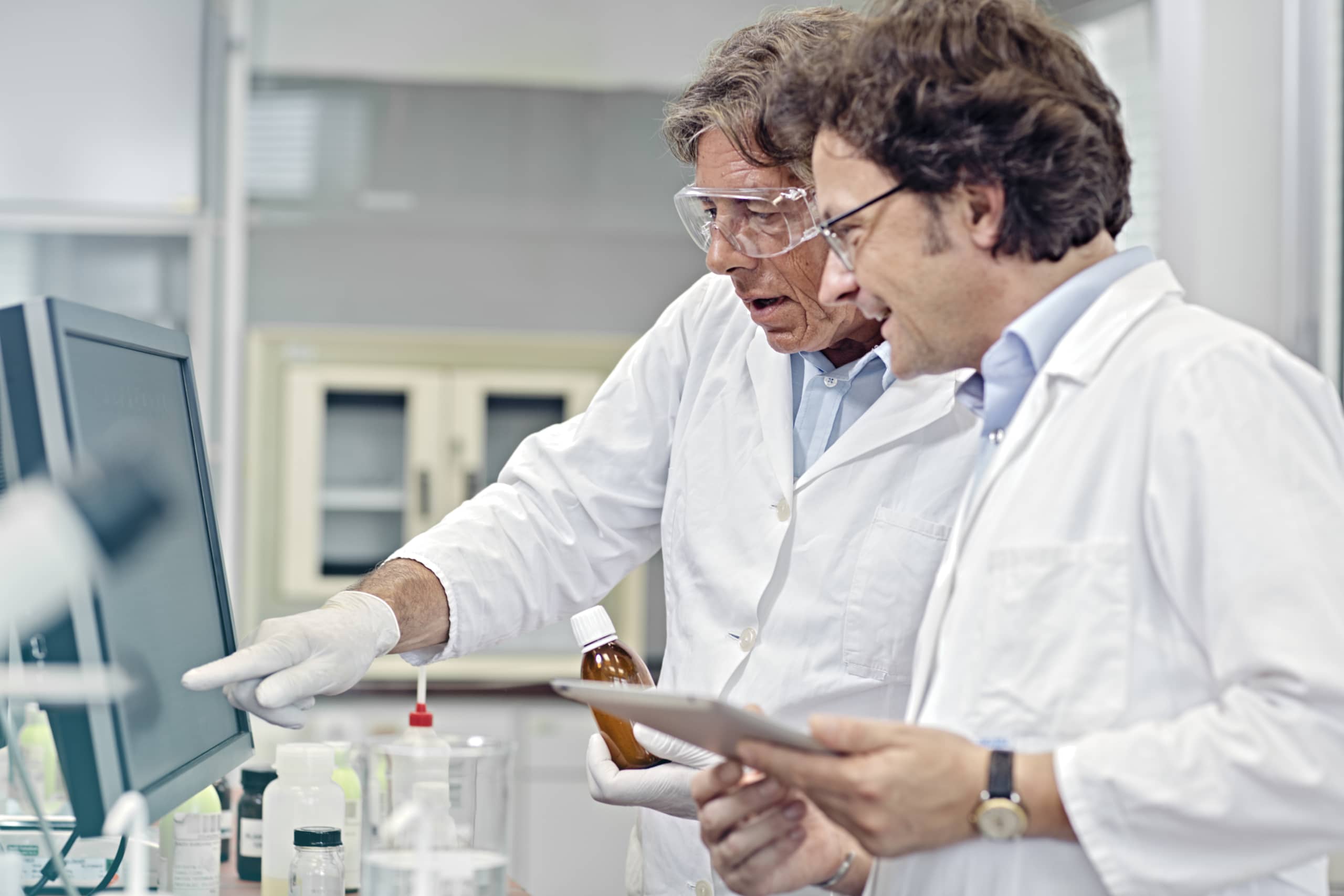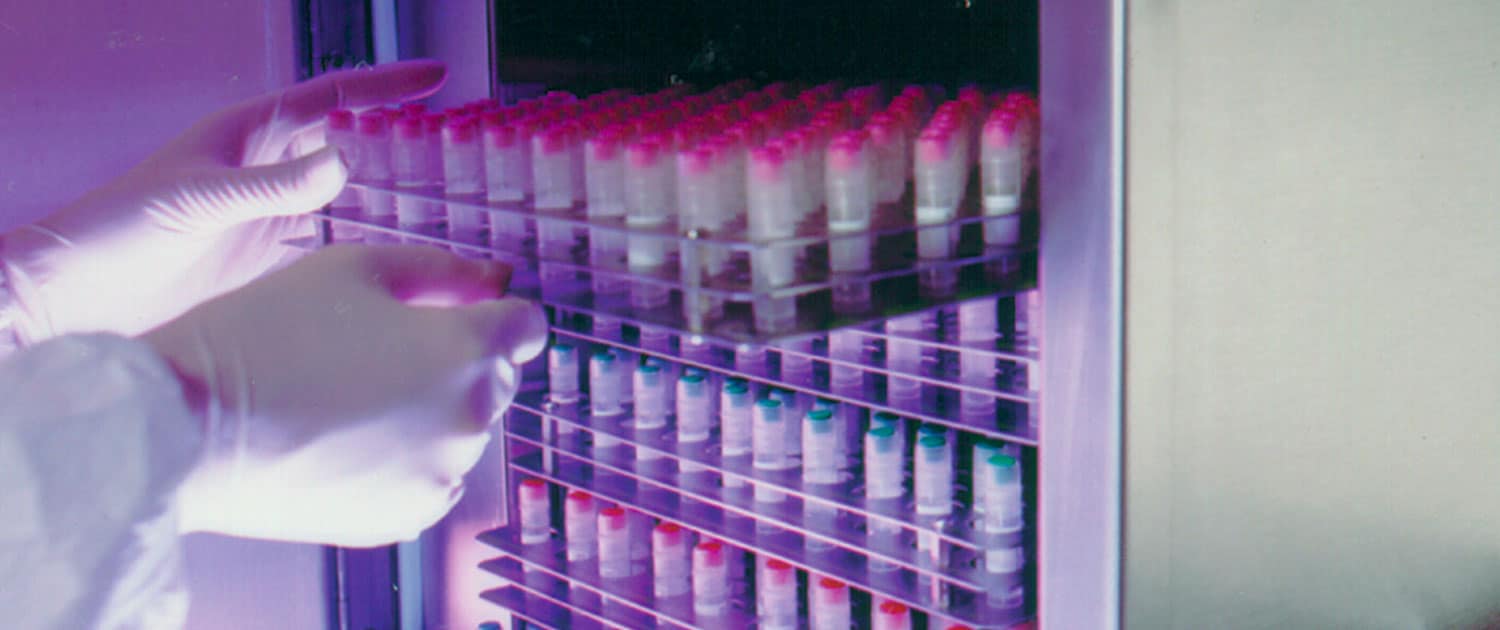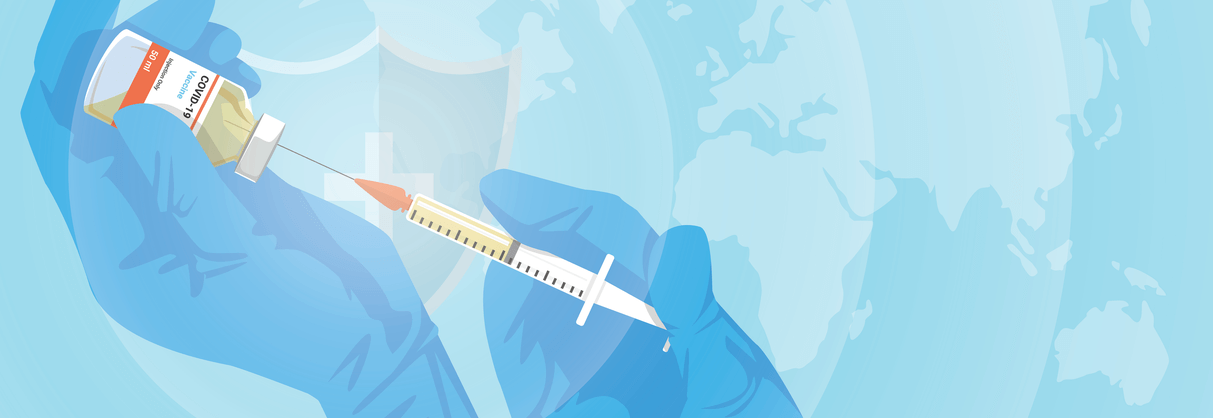The views and opinions expressed in this blog / article are those of the authors and do not necessarily reflect the official policy or position of any other agency, organization, employer or company. Merck KGaA, Darmstadt, Germany and its Affiliates shall not be liable for any errors, omissions or delays in the information, or damage arising from its display or use. All information is provided on an as-is basis.
Introduction
We follow up our Parts 1 and 2 discussion of the impact of Covid-19 on bioprocessing, based on our recent White Paper that is also included in our research, (see www.bioplanassociates.com/17th). We interviewed major biopharmaceutical industry senior bioprocessing decision-makers, and bioprocessing suppliers in the US and Europe. The long-term effects on the biopharma and bioprocessing industry will likely impact emerging (smaller) biopharma companies and suppliers in similar ways. For example, greater outsourcing will likely increase the number and size of projects for the larger Contract Manufacturing Organizations’. But it will also create opportunities for smaller, and niche CMOs. Below we summarize Fig 1, describing the long-term impact of Covid-19 on bioprocessing and the industry.
Long-term effects:
- More outsourcing 70%
- Supply Chain Changes 60% (Demands on suppliers, ‘2nd source’)
- “Regionalization,” 50% of developer and 46% suppliers. (More facilities, suppliers, countries, often ‘domestically’.)
- “SUS supply crunch,” 50% of developers & 35% of suppliers, …worsening of current shortages
Supply Chain Shifts
A majority of biopharmas expect to see significant changes in their supply chain. This will involve more supply chain security, greater transparency with their raw materials vendors (sourcing of raw materials), and other second-sourcing activities that may result in opportunities for smaller companies, to the risk and detriment of larger suppliers.

Supply chains have proven reasonably robust and deliveries of bioprocessing-related supplies manufacturing and services have continued largely unaffected worldwide. In certain situations, manufacturing is being ramped-up in response to increased demand. At present, neither equipment nor biologics manufacturers report any significant supply chain issues, as their suppliers continue essential operations. Access to information and supply chain transparency has become more critical. Deliveries of supplies of goods and services to biopharmaceutical developer, services and supplies companies have largely continued unaffected.
The pandemic will result in more product, supplies and services companies exercising more control over their supply chains, including reaching further upstream to more suppliers. Having control of supply chains will be even more critical to maintain access to needed supplies. This will also be required to support product quality, regulatory documentation, and patient safety. Companies will be pressing suppliers (and their suppliers, on up the supply chain) for more information; and organizing this will be a challenge. Because there are relatively few suppliers of bioprocessing goods and services, there may be a need to centrally compile and facilitate access to product and regulatory documentation and information, at least regarding commonly used equipment and reagents.
Other Shifting Areas
- R&D/pipelines: Overall, developer R&D and pipelines are expected to change little, other than adding more pandemic- and infectious disease-related R&D, while some other projects are delayed or dropped. The ‘inertia’ built into bio/pharma pipeline projects makes it difficult to pivot on projects quickly, so current pipelines are not expected to change much in the near-term, other than new vaccine and therapeutics projects.
- Disaster Planning: Essentially all companies are working aggressively to upgrade their contingency and disaster planning. This now will include scenarios where numbers of critical staff are not working for periods of time. Worst case scenarios are no longer confined to fires, earthquakes, floods, blackouts, IT hacking, etc. These concerns will extend into the next year, as many decision-makers are worried about staffing challenges this winter, with the annual influenza epidemic overlapping the Covid-19 pandemic. Many facilities are stockpiling more PPE supplies as well.
- More Facilities: Even at this early point in the crisis, we see that there will easily be $15-20 billion or more invested in new pandemic-related vaccines and therapeutics by governments and philanthropies, e.g., the Gate’s and Wellcome Foundations. Likely half or more of this funding will go to new manufacturing facilities. Already, multiple vaccine developers are preparing to rapidly develop capacity for production of billions of doses/year, often ‘at risk,’ building facilities even before clinical trial results are available.
- More Modular facilities: Many new pandemic-related vaccines and biotherapeutics facilities will likely be modular. Modular units, along with SUS, will facilitate rapid cloning of facilities worldwide. Modular facilities manufacturers are already experiencing high demand, and this is likely to continue. This trend has been accelerating for at least 5 years; the crisis will precipitate more rapid expansion.
- More Staffing Difficulties: Chronic staffing challenges have plagued the industry for 15 years. These will now be exacerbated by the expected increase in bioprocessing for pandemic-related products. Hiring challenges and shortages of staff with expertise and experience (documented in BioPlan’s annual survey) will accelerate. Pandemic R&D and manufacturing will compete for limited staff with the rapidly growing cellular and gene therapies sectors, as new facilities come online. Expect bioprocessing expertise and even technicians to be increasingly in short supply, with recruiting more difficult and salaries increasing.
Conclusions
Changes in the bio/pharmaceutical industry are being accelerated and catalyzed by the responses to the current Covid-19 pandemic. Although suppliers have proven themselves rather robust in their dealing with the pandemic, and business is continuing generally uninterrupted, there will be significant changes. Ongoing and accelerating trends will result in changes including improved strategies to moderate future pandemics and supply disruptions, development of collaborative relationships in R&D and among suppliers, and the implementation of more rapid, flexible, and modular production processes to speed products to the market. Along with much rapid expansion in bioprocessing capacity, these changes will affect manufacturing long after the current crisis resolves.








